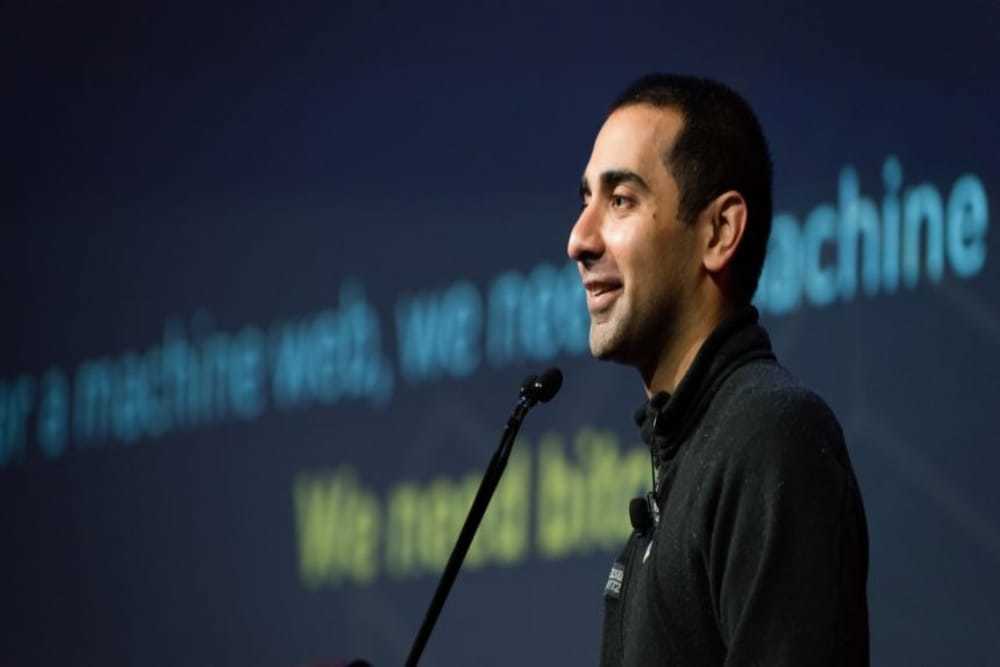Sometimes heroes emerge not in capes but in Twitter handles. One such hero-vigilante narrative unfolded in the case of Sam Bankman-Fried (SBF), the once-revered figure who found himself hogtied in a web of deceit and exposed to the world.
Balaji Srinivasan, renowned for his expertise in the tech and crypto industries, sheds light on the extraordinary saga that unfolded on the digital battlegrounds of social media.
Unmasking the Fraud
In a plot reminiscent of a blockbuster superhero movie, the internet rallied together to unearth SBF’s misdeeds, compile incontrovertible evidence, and hand him over to the authorities.
This collective pursuit of justice was driven by online warriors, ranging from crypto enthusiasts to prominent figures like Elon Musk and even India’s online community, who relentlessly voiced their concerns for a whole month until the government was compelled to take action.
Balaji Srinivasan asserts that the credit for exposing SBF lies squarely with Twitter, the platform where this unfolding drama took center stage.
It was the unrelenting efforts of individuals like Ian Allison, who laid bare SBF’s financial inadequacies, and Erik Voorhees, who posed tough questions on the Bankless podcast, that cast the first rays of suspicion.
It was Twitter that echoed with David Z. Morris’s accusations against FTX, not to forget the countless crypto Twitter users who collectively built a case against SBF’s fraudulent practices.
The mainstream media, often criticized for its complacency, paled in comparison to the online army dedicated to uncovering the truth.
While established news outlets, lawmakers, and regulators remained inattentive to SBF’s actions, crypto Twitter emerged as the champion of transparency and accountability.
In a twist of irony, the very platform, Twitter, that had become a battleground for censorship and control also proved its potential for holding the powerful accountable.
SBF’s political donations to Democratic politicians, despite his fraudulent activities, were exposed by vigilant netizens. This revelation showcased the disruptive force that social media platforms could be, even to those in the highest echelons of power.
The tale takes a political turn as we delve into the failure of politicians in their duty to protect the public’s interests. SBF’s role as a significant donor to the Democratic party, second only to George Soros, blurred the lines between political influence and personal gain.
Maxine Waters’ unwavering support for SBF, even after his fraud was laid bare, raises questions about the integrity of the political system.
SBF’s involvement in shaping regulations that favored his centralized business further highlights the murky relationship between politics and finance.
Media Complicity
The mainstream media’s failure to scrutinize SBF’s actions casts a shadow over journalistic integrity. Corporate journalists like David Yaffe-Bellany from The New York Times continued to praise SBF, even as evidence of his wrongdoing mounted.
The stark contrast between the media’s coverage of Bitcoin and SBF reveals a bias that favored those who shared their ideological beliefs. This complicity, as Balaji Srinivasan notes, could have persisted if not for the vigilance of the online community.
Regulators, too, come under scrutiny for their inability to distinguish between good and bad actors in the crypto space. Gary Gensler’s private meetings with SBF while publicly targeting other projects raise concerns about regulatory impartiality.
SBF’s ability to influence regulators and lawmakers highlights the dangers of concentrated power within a burgeoning industry. It was only through the tenacity of the online community that SBF’s actions were brought to light.
The internet’s triumph
The internet emerged as the unsung hero in the SBF saga. Crypto Twitter, led by individuals like Nick Tomaino and Erik Voorhees, played a pivotal role in exposing SBF’s misdeeds.
Coindesk’s Ian Allison provided a platform for the truth to be heard. In a world where traditional media outlets failed, citizen journalists on the internet thrived, effectively highlighting the power of digital communities.
Despite the overwhelming evidence against SBF, the wheels of justice turned slowly. SBF continued to enjoy the spotlight and spread misinformation while millions of witnesses monitored the blockchain for proof of his crimes.
Balaji Srinivasan emphasizes that the delay in SBF’s arrest raises questions about trust in the criminal justice system, especially in an era where faith in the system has been eroding due to politicized decisions and selective prosecution.





